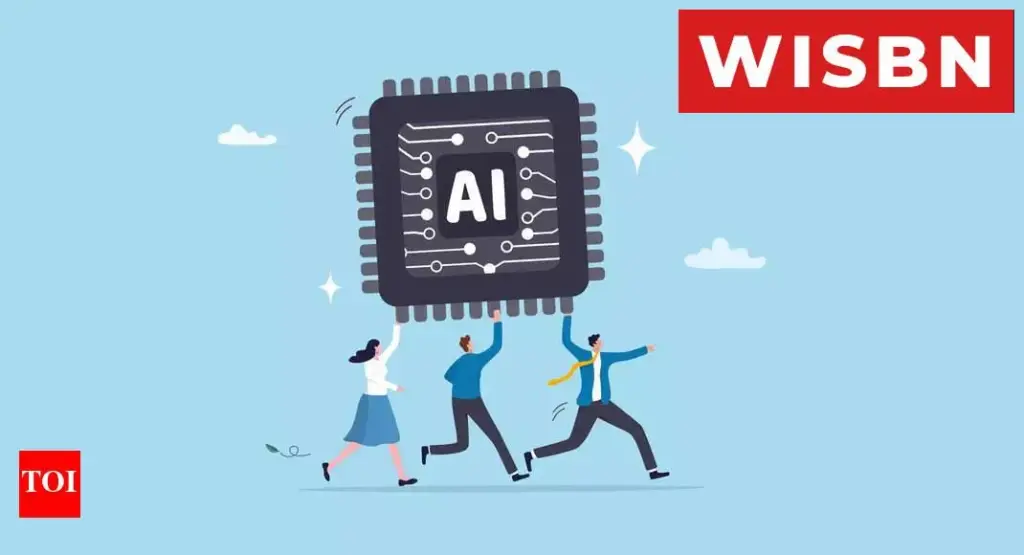The newest assessment findings have thrown American education into sharp focus, revealing a crisis that has been simmering for years. National test results show middle and high school students stumbling at levels not witnessed in decades. Barely more than a third of seniors are ready for college-level work, and fewer than a quarter are proficient in mathematics. These are not minor setbacks; they are indicators of a system that is struggling to hold itself together.
What makes this deterioration alarming is not only its magnitude but its direction. Educational standards, once considered merely stagnant, are now in free fall. Each fresh batch of data confirms what many teachers already see in their classrooms: skills are weakening, confidence is eroding, and the pipeline to higher education and the workforce is becoming increasingly fragile. The figures narrate the story of a generation at risk of being left behind in a world that demands more, not less, from its citizens.
The long decline accelerates
The erosion of educational attainment has been occurring for years. What once looked like gradual slippage has now quickened into collapse. Test scores—already weak—have fallen further, leaving fewer students with the competencies required for higher education or employment. The decline is neither sudden nor enigmatic. It is the result of years of underinvestment, falling standards, and complacency about mediocrity.
COVID’s disruption is only half the story
Predictably, much of the blame has been placed on COVID-19. Remote learning, fractured routines, and lost instructional time undeniably widened learning gaps. But to single out the pandemic as the sole cause is to ignore the second, equally seismic disruption: the arrival of generative artificial intelligence in classrooms.
AI and the hollowing of learning
Since late 2022, tools like ChatGPT have become woven into student life. Their speed and accessibility make them irresistible. Yet that convenience carries a hidden cost. Students are no longer grinding through problems, wrestling with concepts, or building the intellectual stamina that learning demands. Instead, they are outsourcing thought itself. This has produced an academic landscape where answers are plentiful, but understanding is scarce.
Shortcuts over substance
The issue goes far beyond plagiarism. At its heart lies a philosophical shift, an acceptance that outcomes matter more than process. Students increasingly hand in polished responses without ever developing the reasoning behind them. This erosion of cognitive struggle produces a brittle foundation, one incapable of sustaining real-world problem-solving. National test scores are merely the measurable symptom of this deeper malaise.
The blueprint is known, but the will is absent
Remedies are not shrouded in mystery. Strong instruction, consistent rigor, and sustained investment in schools have always been the pillars of improvement. Yet time and again, these fixes are neglected. Instead of structural commitment, the system lurches from crisis to crisis, hoping that shortcuts or novel technologies alone will reverse the trend. What remains missing is a national resolve to treat education as the cornerstone of democracy rather than an afterthought.
The defining question ahead
COVID tested the resilience of classrooms. Artificial intelligence now tests the very meaning of learning. If knowledge can be produced without effort, what becomes of education’s purpose? The danger is apparent: a generation that confuses information retrieval with understanding. Unless this path is confronted with urgency, the nation risks raising citizens unprepared for the complexities of a world that requires depth, discernment, and critical thought.
A warning that cannot be ignored
The collapse in test scores is not an abstract metric. It is the warning siren of a failing system. What is at stake is not just the performance of schools but the intellectual capacity of a generation. To ignore this dual disruption—pandemic scars and AI shortcuts—is to invite long-term decline. The question is no longer whether the system is in trouble. It is whether there is sufficient collective will to rescue it before the damage becomes irreparable.
See also: India’s New Speed Breeding Centers to Deliver Improved Seeds Faster


